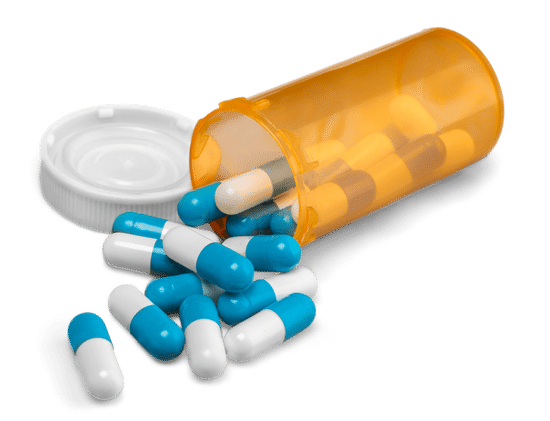

Rare side effects that need further investigation in heterocyclic antidepressants include the following: seizures and atopic reactions with bupropion thrombocytopenia, neutropenia, and bone marrow suppression with mirtazapine and hepatotoxicity, cardiac conduction problems, and priapism with trazodone. Mirtazapine also increases fatigue and somnolence, which may be desirable in some cases. Nefazodone and bupropion have the least likelihood of causing weight gain compared with SSRIs, whereas mirtazapine increases appetite and tends to cause weight gain. Nefazodone and bupropion also tend to have fewer sexual side effects compared with the SSRIs and serotonin norepinephrine reuptake inhibitors. Nefazodone has anxiolytic properties and may be useful in patients who develop anxiety and insomnia while taking SSRIs. Bupropion is highly stimulating and may be a good option for patients wishing to discontinue smoking tobacco it also has decreased fatigue and somnolence, but it is associated with seizures in underweight people. Trazodone is highly sedating and is useful in low doses (25 to 50 mg nightly) when taken in combination with SSRIs to induce sleep. 126 Amoxapine is useful in treating psychotic depression. Several studies have demonstrated that heterocyclic antidepressants are equally effective as SSRIs.

Heterocyclic antidepressants are much safer than TCAs in overdose, and they have side effect profiles that make them useful in specific clinical circumstances. Craig Schneider MD, Theodore Wissink MD, in Integrative Medicine (Fourth Edition), 2018 Heterocyclic Serotonin Modulator and Dopamine Norepinephrine Reuptake Inhibitor Antidepressants


 0 kommentar(er)
0 kommentar(er)
